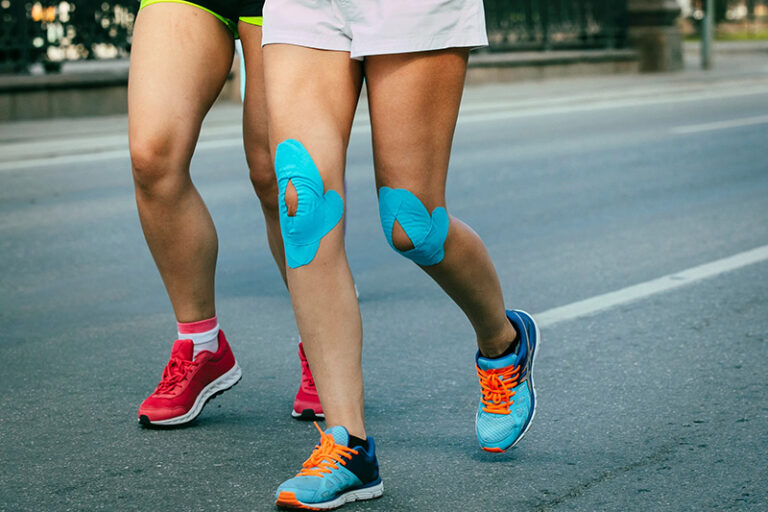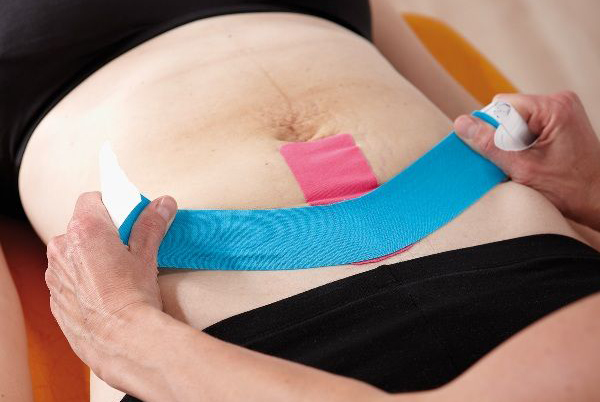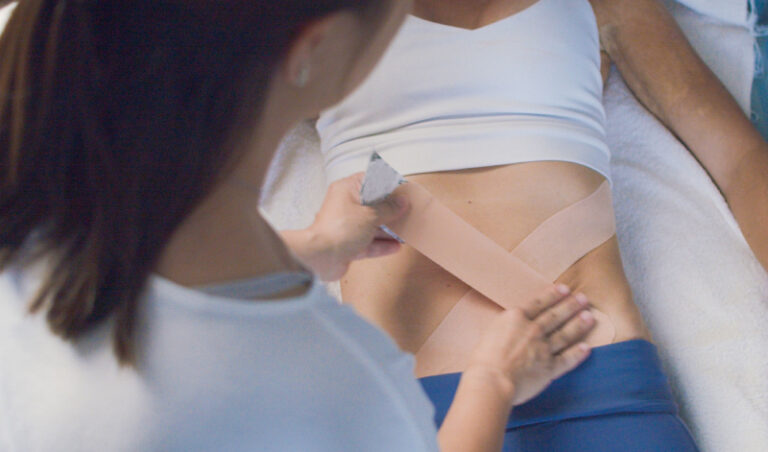From twisted ankles to broken bones, sports injuries are an unfortunate part of the game. While the best way to prevent them is by always playing safe and using the right protective gear, sometimes accidents still happen. So what do you do when a sports injury does occur? This comprehensive guide explores how to use cohesive bandage for injuries in sports, detailing the different types of cohesive bandages available and how each can be used.
Introduction
A cohesive bandage is a type of medical tape that is used to hold dressings in place or to provide support to an injured body part. It is also known as self-adhesive or medical adhesive tape. They are available in a variety of widths and lengths, and can be purchased at most pharmacies or online.
Cohesive bandages are commonly used to treat sprains, strains, and other soft tissue injuries. They can also be used to secure splints or dressings. They are typically removed after 48-72 hours, or when they become loose or wet.


Types of Cohesive Bandages
There are many different types of cohesive bandages on the market, each with their own advantages and disadvantages. The most common types are:
- Elastic Bandages: Elastic bandages are one of the most popular types of cohesive bandages. They are easy to use and provide good support for injured joints and muscles. However, they can be uncomfortable to wear for long periods of time and can cause skin irritation.
- Foam Bandages: Foam bandages are a newer type of cohesive bandage that offer many of the same benefits as elastic bandages. They are comfortable to wear and provide good support for injured joints and muscles. However, they can be more expensive than elastic bandages and may not provide as much support.
- Gel Bandages: Gel bandages are another newer type of cohesive bandage that offer many of the same benefits as foam bandages. They are comfortable to wear and provide good support for injured joints and muscles. However, they can be more expensive than foam bandages and may not provide as much support.
- Air-filled Bandages: Air-filled bandages are a type of cohesive bandage that is filled with air instead of gel or foam. They offer many of the same benefits as other types of cohesive bandages but can be more expensive than other options.
- Magnetic Bandages: Magnetic bandages are a newer type of cohesive bandage that uses magnets to provide support for injured joints and muscles. They are comfortable to wear and provide good support but can be more expensive than other types of cohesive bandages.
How To Use Cohesive Bandage For Sports Injuries?
If you have ever had a sports injury, you know that they can be quite painful. Cohesive bandages are often used to help secure injured muscles and joints in order to allow the athlete to continue competing. Here is a comprehensive guide on how to use cohesive bandage for sports injuries:
- Clean the wound and surrounding area with soap and water.
- Apply an antibiotic ointment to the wound if desired.
- Cut the bandage to the desired length, making sure that it is long enough to wrap around the entire injured area snugly.
- Begin wrapping the cohesive bandage around the injured area, starting at the bottom and working your way up. Be sure to overlap each layer by about half an inch.
- Once you reach the top of the injured area, secure the bandage in place with a piece of tape or by tying it off with a piece of string or ribbon.
- Trim any excess material from the ends of the bandage.
- Repeat steps 1-6 as necessary until the entire injured area is securely wrapped.
Alternatives to Cohesive Bandages
There are a few alternatives to cohesive bandages that can be used for sports injuries. These include:
- Elastic bandages: These are typically made from cotton or synthetic materials and are used to provide support and compression. They can be wrapped around the injured area to help reduce swelling and pain.
- Ice packs: Ice packs can be used to help reduce swelling and pain in the injured area. They can be applied for 20-30 minutes at a time, several times a day.
- Heat therapy: Heat therapy can also be used to help reduce pain and swelling in the injured area. This can be done using a heating pad, hot water bottle, or warm compress.
- Massage: Massaging the injured area can also help to reduce pain and swelling. This can be done by a professional massage therapist or at home using your own hands.
- Pain medication: Over-the-counter or prescription pain medication may also be necessary to help manage pain associated with a sports injury.


Conclusion
Cohesive bandages are an invaluable tool for treating sports injuries. When used correctly, they can help to reduce swelling and provide much needed support for injured limbs. We hope this comprehensive guide has been helpful in teaching you how to use cohesive bandage correctly so that you can effectively treat any minor injuries that occur while playing sports. Remember, if the injury is serious or doesn’t seem to be improving with self-care, it’s important to seek professional medical attention as soon as possible!
FAQ
What is cohesive bandage used for?
Cohesive bandage is a type of bandage that coheres to itself but doesn’t adhere well to skin, hair or other materials. This makes it an ideal solution for any taping job that requires tape to be wrapped around a limb without the commonly associated pain of waxing the hair off your skin when it comes to removal.



